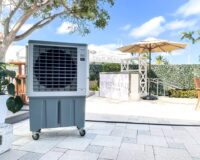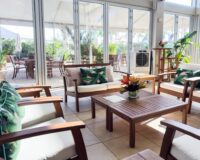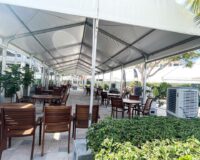 CategoriesTips
CategoriesTipsEvaporative Cooling 101: What It Is and How It Works
If you’re searching for a more energy-efficient, eco-friendly way to beat the heat, you’ve probably come across the term evaporative cooling—sometimes called swamp cooling. But what exactly is it, and how does it work?
In this post, we’ll break down the basics of evaporative cooling, how it compares to traditional air conditioning, and whether it’s the right choice for your home, business, or outdoor space.
🌬️ What Is Evaporative Cooling?
Evaporative cooling is a natural cooling process that uses water and airflow to lower air temperatures. It’s the same concept your body uses when you sweat: as moisture evaporates, it draws heat away and cools the surface.
Evaporative coolers (also known as swamp coolers) use this principle by:
- Drawing warm, dry air through water-saturated cooling pads.
- As the air passes through the pads, the water evaporates.
- The result is cool, moist air that gets blown into your space.
This process doesn’t use any refrigerants or compressors—just water and a fan.
⚙️ How Does a Swamp Cooler Work?
Here’s a breakdown of how a typical unit—like those from Cajun Kooling—operates:
- Fan pulls in warm air from the outside or surrounding space.
- Water pump circulates water over thick cooling pads.
- Evaporation cools the air as it flows through the moist pads.
- Cool air is blown out into the room, garage, warehouse, or patio.
The key element? Evaporation. And the drier the air, the more effective the cooling process.
✅ Key Benefits of Evaporative Cooling
- Energy Efficiency: Uses up to 75% less electricity than traditional air conditioning.
- Eco-Friendly: No harmful refrigerants; relies on a natural process.
- Adds Humidity: Great for dry climates where extra moisture improves comfort. Useful in well-ventilated spaces in more humid climates.
- Fresh Air Circulation: Constantly draws in fresh outside air instead of recycling stale indoor air.
- Lower Cost: Both upfront and long-term operating costs are typically lower than HVAC systems.
🔁 Evaporative Cooling vs. Traditional AC
| Feature | Evaporative Cooler | Air Conditioner |
| Cooling Method | Water evaporation | Refrigerant cycle |
| Air Circulation | Constant fresh air | Recirculated air |
| Energy Use | Low | High |
| Cost to Run | Low | High |
| Adds Humidity | Yes | No (often removes it) |
| Eco-Friendly | ✅ | ❌ (uses chemicals) |
If you live in the Southwest, West, or areas with low humidity, evaporative cooling can be an excellent alternative to AC.
🏠 Where Does Evaporative Cooling Work Best?
- Garages, barns, and workshops
- Warehouses and industrial spaces
- Outdoor patios and event tents
- Gyms and fitness centers
- Homes in dry or semi-arid regions
- Glamping setups and RVs
🔧 What to Look for in an Evaporative Cooler
When shopping for a swamp cooler, consider:
- CFM Rating (Cubic Feet per Minute): Indicates how much air the unit can move. Bigger spaces need higher CFM.
- Water Tank Size: Larger tanks require fewer refills.
- Portability: Wheels or handles help if you need to move it between zones.
- Durability: Industrial-grade materials matter in harsh conditions.
- Ease of Maintenance: Look for easy-access pads, filters, and reservoirs.
Cajun Kooling’s product lineup includes a range of high-quality, rugged coolers built to handle Louisiana heat and beyond.
💭 Final Thoughts
Evaporative cooling offers an affordable, efficient, and environmentally friendly way to keep cool—especially in large spaces or dry climates. Whether you’re cooling a workshop, a patio, or a full commercial warehouse, understanding how the technology works will help you choose the right model and maximize your comfort.
Ready to Feel the Difference?
Browse Cajun Kooling’s evaporative coolers to find a unit that fits your space and climate. Have questions? Reach out to our team—we’re happy to help you pick the perfect swamp cooler for your needs.
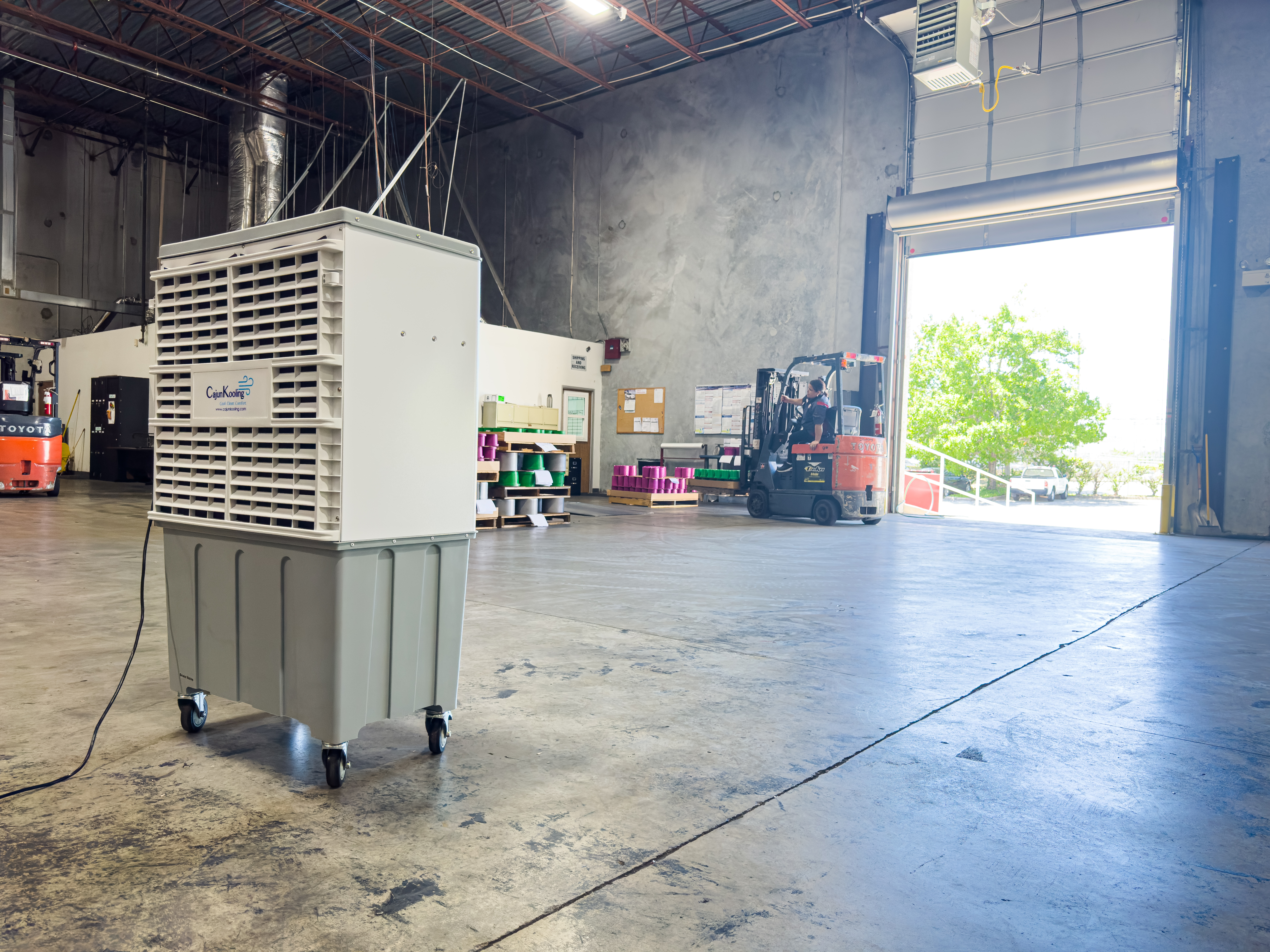 CategoriesTips
CategoriesTipsEvaporative Coolers vs. Portable AC Units: Which Is Better for Your Space?
If you’re searching for a more energy-efficient, eco-friendly way to beat the heat, you’ve probably come across the term evaporative cooling—sometimes called swamp cooling. But what exactly is it, and how does it work?
In this post, we’ll break down the basics of evaporative cooling, how it compares to traditional air conditioning, and whether it’s the right choice for your home, business, or outdoor space.
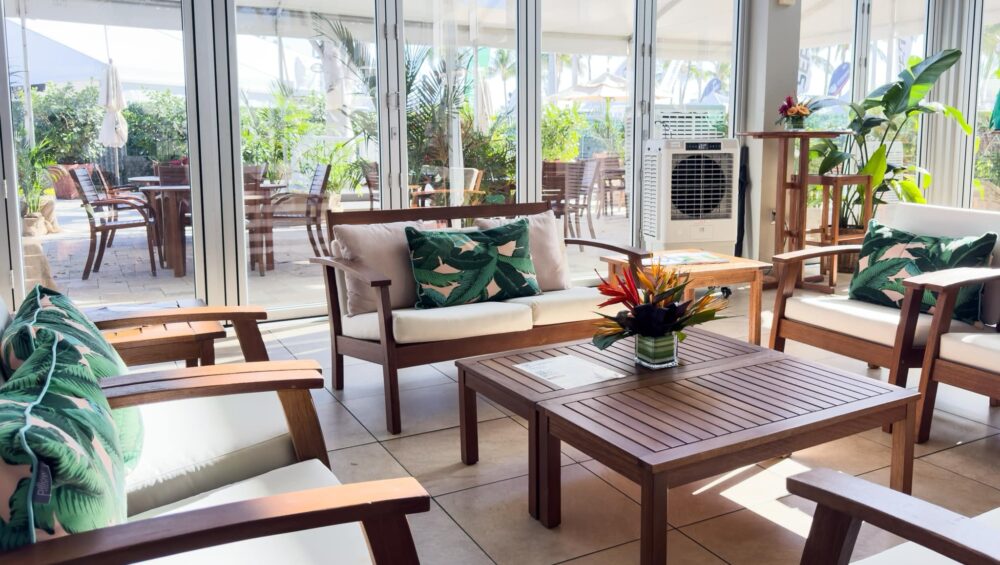 CategoriesTips
CategoriesTipsCan You Use a Swamp Cooler Indoors? Pros, Cons, and Best Practices
Swamp coolers, also known as evaporative coolers, are a popular alternative to traditional air conditioning—especially in dry climates. But many homeowners and business owners wonder:
Can you safely and effectively use a swamp cooler indoors?
The short answer is yes—but with some important considerations. In this article, we’ll break down the pros and cons of indoor evaporative cooling and share best practices to ensure you get the most from your unit without creating new problems.
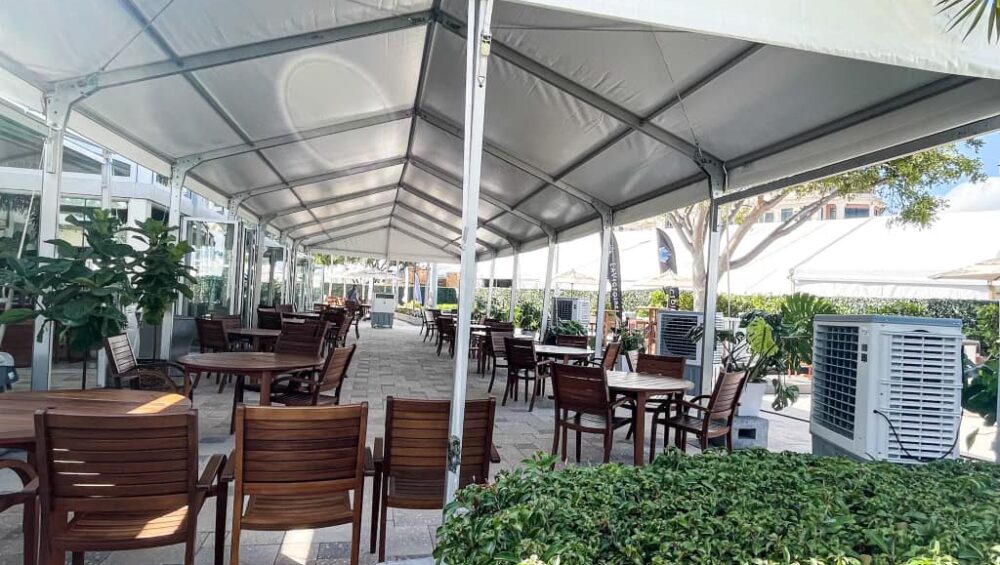 CategoriesTips
CategoriesTipsCost-Effectiveness for Commercial Spaces: Why Swamp Coolers Make Sense in Large Areas
When it comes to keeping large commercial spaces cool, traditional HVAC systems can rack up massive energy bills and require complicated ductwork. Evaporative coolers—often referred to as swamp coolers—provide a cost-effective, eco-friendly, and reliable alternative. Below, we’ll break down why evaporative cooling makes sense for commercial areas such as warehouses, manufacturing plants, event venues, or other big, open environments.
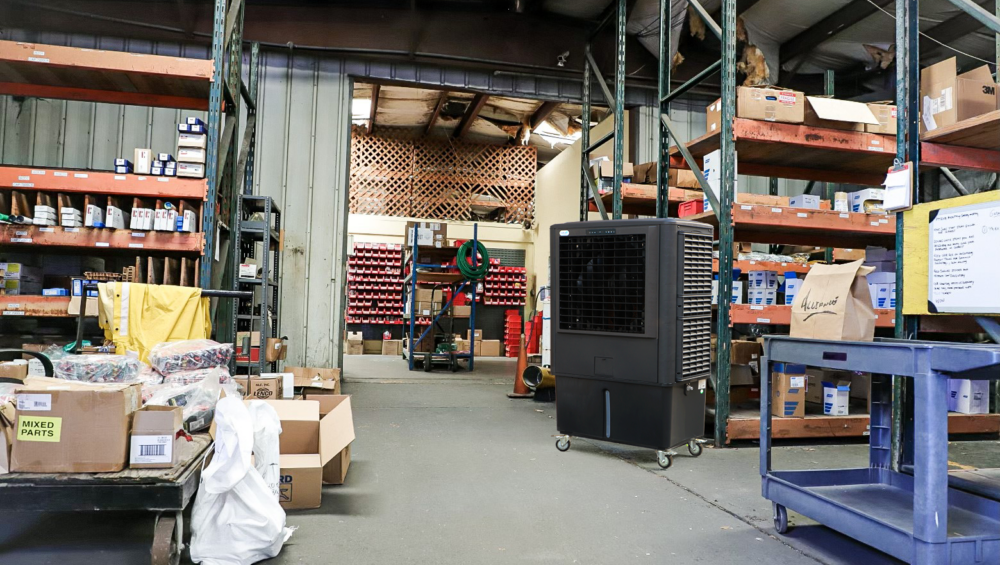 CategoriesTips
CategoriesTipsHow to Choose the Right Size Evaporative Cooler for Your Space
Evaporative coolers—often called swamp coolers—are popular for their energy efficiency and eco-friendly operation. But to get the best performance, you need a unit that’s properly sized for your environment. An underpowered cooler may leave you sweltering, while an oversized unit can waste energy and water. Below, we’ll walk you through how to choose the right size, referencing the Cajun Kooling product lineup so you can quickly identify which model meets your needs.
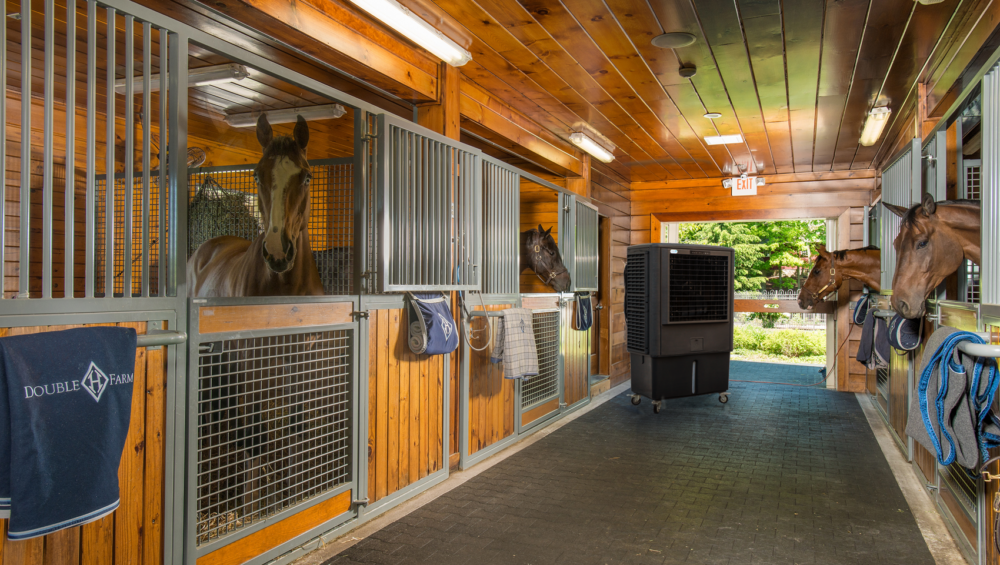 CategoriesTips
CategoriesTipsHow to Keep Your Barn Cool Without Installing Costly HVAC
Summertime heat can be brutal – not just for you, but for your animals too. When temperatures rise, barns can become hot, stuffy, and uncomfortable, putting livestock at risk for heat stress and even serious health issues. While air conditioning might seem like the dream solution, the cost and impracticality of installing a full HVAC system in a barn or agricultural structure makes it an impossible task for most farmers and ranchers.
Fortunately, there’s an affordable, easy, and effective alternative: portable evaporative cooling.
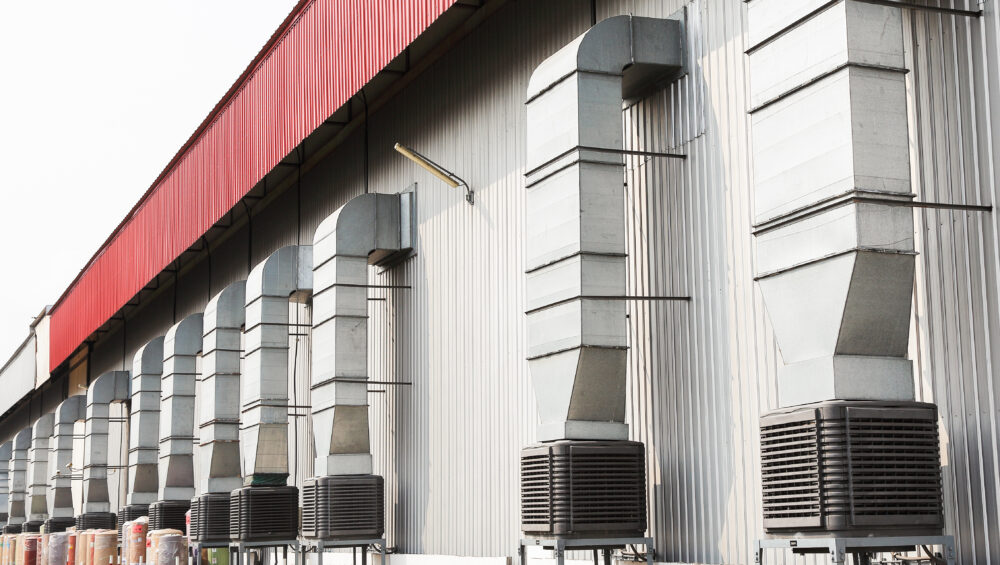 CategoriesTips
CategoriesTipsWhy Your Gym Should Use Evaporative Coolers
When running a gym, prioritizing the comfort of your members goes a long way toward improving retention. The temperature and air quality of your fitness space directly affect the workout experience and customer satisfaction. With gyms constantly filled with energetic activity, finding an efficient, economical cooling solution will keep everyone happy and coming back for more.
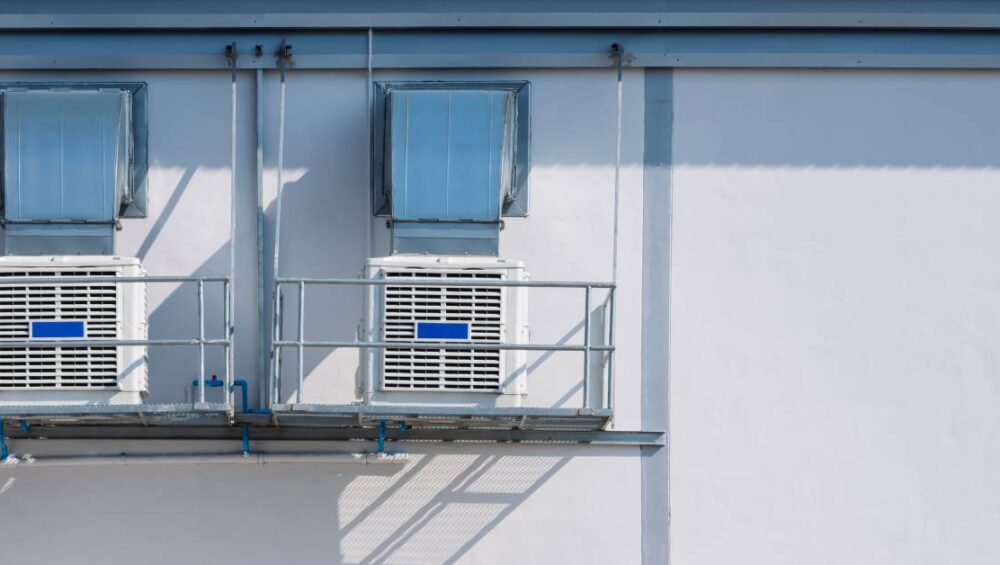 CategoriesTips
CategoriesTipsHow To Winterize Your Evaporative Swamp Cooler
Evaporative swamp coolers are a fantastic way to keep your house open and breezy during the summer, but when winter approaches, it’s time to make a critical shift. Winterizing your swamp cooler may not be the most glamorous task, but doing it right is essential for protecting your equipment so it works flawlessly next summer.
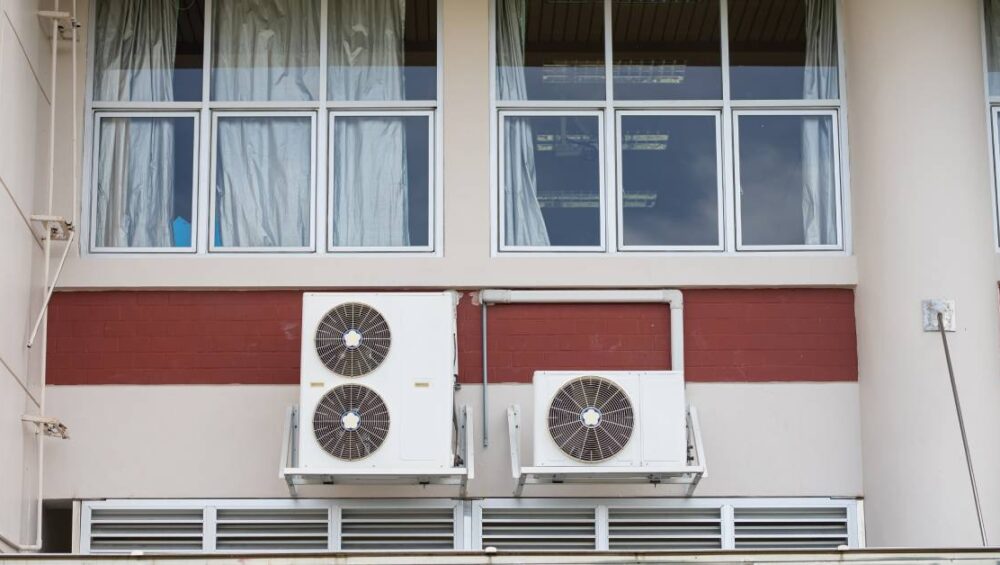 CategoriesTips
CategoriesTipsThe Ultimate Evaporative Swamp Cooler Buying Guide
Are you tired of battling scorching summers and skyrocketing energy bills from running fans and air conditioners? An evaporative swamp cooler might be the perfect solution! These energy-efficient devices can cool spaces naturally, making them popular among homeowners and business owners.
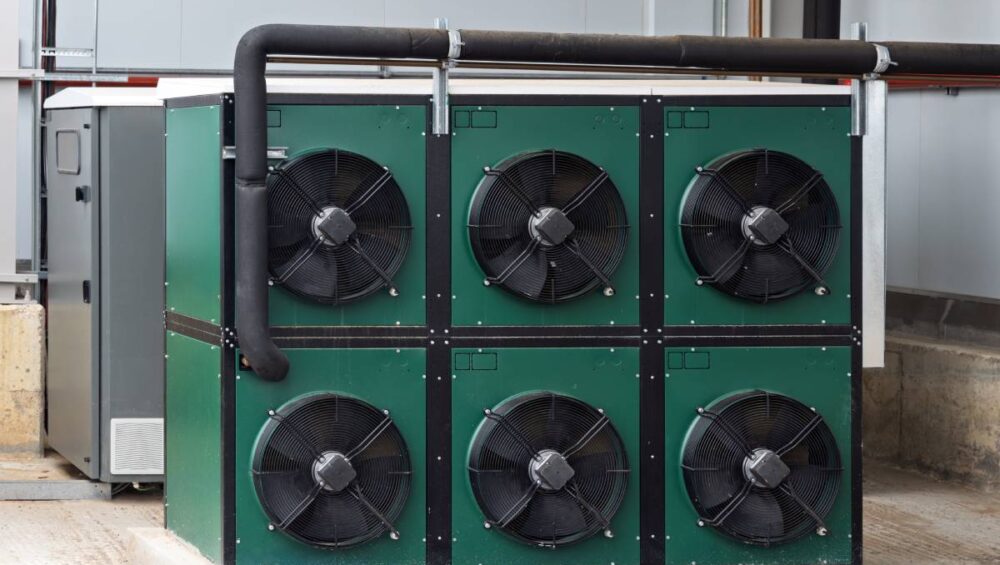 CategoriesTips
CategoriesTipsDebunked: 10 Common Myths About Swamp Coolers
Swamp coolers, often referred to as evaporative coolers, are an energy-efficient and environmentally friendly alternative to traditional air conditioning. But despite their increasing popularity, there’s a lot of misinformation regarding their effectiveness and overall utility.

